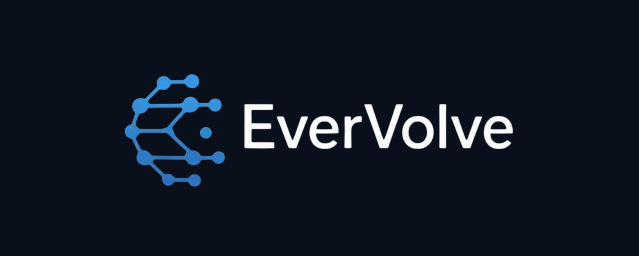A Universal Guide for Efficient Large Language Model Training by MIT-IBM Watson AI Lab

Training large language models (LLMs) has become a central focus of artificial intelligence research, with applications spanning natural language understanding, code generation, complex reasoning, and beyond. However, the challenge for AI researchers and developers is to maximize model performance within constrained computational and financial budgets, since training state-of-the-art LLMs often incurs costs in the millions of dollars.
Addressing this crucial challenge, researchers at the MIT-IBM Watson AI Lab have developed a universal guide that helps optimize large language model training. This guide not only provides a comprehensive understanding of how smaller, cheaper models can predict the behavior and performance of much larger target models but also offers practical recommendations for budgeting training efforts most effectively. This breakthrough promises to empower both academic researchers and industry practitioners to build efficient LLMs with greater confidence and reduced resource expenditure.
The Challenge of LLM Training
Building an LLM involves iterative experimentation with numerous hyperparameters and architectural choices, including the type of model, size, optimizer configurations, and training datasets. The stakes are high, as suboptimal decisions can lead to wasted compute hours and inflated financial costs.
Hence, one of the practical strategies used to plan training is based on what are called “scaling laws.” Scaling laws are mathematical formulas that predict how a model’s performance—usually measured by some metric like accuracy or loss—improves as the model size and compute increase. These laws allow researchers to extrapolate from smaller scale experiments to larger, more costly ones.
Despite their utility, scaling laws come with challenges. Thousands of possible scaling laws exist, based on different families of models, training protocols, and hardware assumptions. Selecting the right scaling law for a given project is often difficult and error-prone, leading to inefficient use of resources.
Building a Universal Guide with a Meta-Analysis
The research team at MIT-IBM sought to overcome these challenges by systematically collecting an extensive set of experimental data. They amassed hundreds of models and their training performance metrics constructed across diverse configurations. This dataset enabled the approximation and analysis of over a thousand scaling laws.
Using this rich dataset, the researchers performed a meta-analysis—a method that combines and examines results from multiple studies to identify overarching patterns. This analysis produced a universal guide that helps developers select smaller, cheaper models that optimally estimate the scaling laws for different large language model families.
Jacob Andreas, an associate professor at MIT and principal investigator at the MIT-IBM Watson AI Lab, states, “The novel contribution of this work is that it provides a principled framework to model the training process mathematically. Instead of relying on post-hoc observations, it allows users to make informed decisions about how best to allocate compute budgets for new, large-scale model training projects.”
Practical Implications of the Guide
The implications of this universal guide are significant for both research and commercial AI development. By enabling efficient performance prediction through scaling laws and empirically chosen smaller models, developers can:
- Minimize costly trial-and-error in large-scale experiments.
- Allocate computing resources strategically, focusing budget on architectures and training setups with the highest reward in model quality.
- Predict the performance of a proposed large-scale model before committing substantial resources.
- Foster innovation by democratizing access to training insights and methodologies that were previously restricted to organizations with vast resources.
Broader Innovations in LLM Training at MIT-IBM
The universal guide complements other ongoing research initiatives at MIT and the MIT-IBM Watson AI Lab aimed at advancing LLM capabilities. For instance, another recent study from MIT demonstrated how “test-time training” can enable LLMs to adapt and improve their performance on complex new tasks by updating internal parameters dynamically during deployment.
Additionally, the lab has explored methods for LLMs to self-moderate language to produce safer and more ethical outputs without sacrificing fluency—addressing critical concerns around AI responsibility.
These diverse efforts reflect MIT-IBM’s commitment to pushing AI boundaries while ensuring practical, efficient, and responsible model development.
Looking Ahead
As AI models grow ever larger and more capable, developing efficient methodologies for their training will remain paramount. The universal guide for LLM training developed by MIT-IBM Watson AI Lab represents an important milestone toward this goal.
By combining rigorous data collection, meta-analysis, and practical tools, this guide empowers the AI community to build better models with fewer resources, paving the way for more sustainable and impactful AI innovation.
Enjoyed this post?
Subscribe to Evervolve weekly for curated startup signals.
Join Now →







